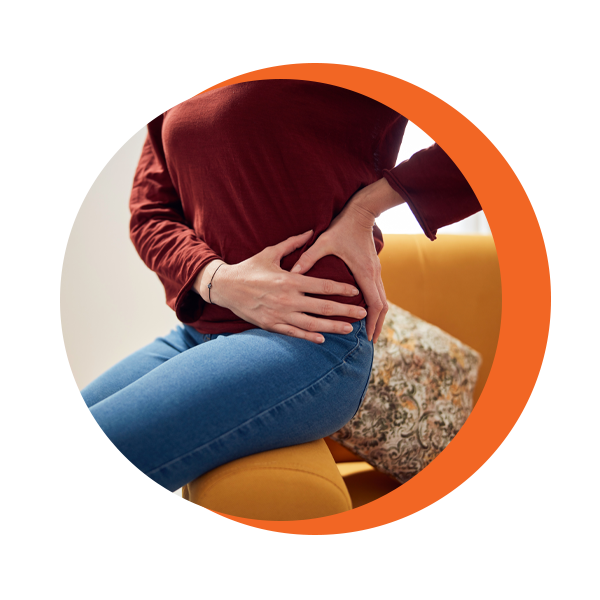Got Hip Pain?
This May Be Why
As the largest ball-and-socket joint in the body, the hip is an intricate joint held together by various muscles, tendons and cartilage. The hip is responsible for supporting the body and providing stability, while also enabling a vast range of mobility that lets us walk, run and play sports.


Hip Anatomy
Bones
The hip joint serves to connect the upper leg to the trunk of the body by joining together two bones: the femur and the pelvis. The femur is one of the longest bones in the human body and is also called the thigh bone, while the pelvis is composed of three bones called the ilium, ischium and pubis.
Ligaments
Ligaments are essential to providing stability to the hip joint, as they connect bones to other bones. There are numerous ligaments in the hip, including:
- Iliofemoral ligament
- Pubofemoral ligament
- Ischiofemoral ligament
- Ligamentum teres
- Acetabular labrum
Muscles
Along the thigh and the pelvis, there are multiple kinds of muscles that permit a wide range of motion. Some of the hip muscles are:
- Gluteal: gluteus minimus, gluteus maximus and gluteus medius
- Adductors
- Iliopsoas
- Rectus femoris: also called hip flexors
- Hamstring muscles
Physical Therapy Treatments for Hip Pain
Fortunately, physical therapy may reduce many of the symptoms associated with hip pain. Whether you are an elite athlete or a weekend warrior, our certified doctors of physical therapy are ready to help you regain mobility and live pain-free.
Fill out the form below and get in contact with us today!

